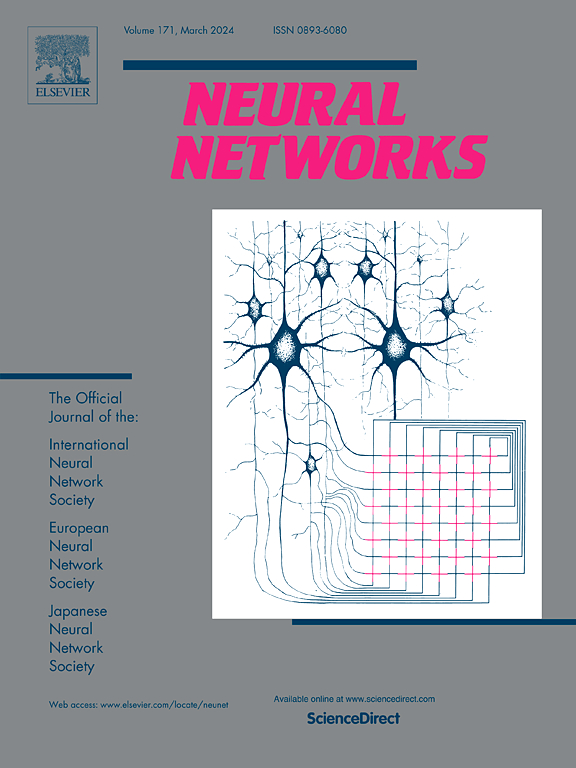Unified semantic space learning for cross-modal retrieval
IF 6
1区 计算机科学
Q1 COMPUTER SCIENCE, ARTIFICIAL INTELLIGENCE
引用次数: 0
Abstract
With the increasing amount of multimodal data on the Internet, cross-modal retrieval has gradually become a hot research topic and has achieved significant progress, especially since graph convolutional networks were introduced. Most methods based on graph convolutional networks tend to focus on incorporating the correlations among samples and the correlations among labels into the common representations, but neglect the correlations among the semantic contents. Moreover, the semantic similarity between instances and semantic contents is also underutilized. To address these issues, we propose a Unified Semantic Space Learning (USSL) method, which not only explores the correlations of the semantic contents but also maps images, texts, labels, and multi-labels into a unified semantic space, facilitating the calculation of similarities between samples and between samples and semantic contents. To fully explore the correlations of the semantic contents, we construct a label-multi-label graph and learn the correlations of the semantic contents in a data-driven manner using our proposed Group Semantic Sharing Graph Convolutional Network. Furthermore, we propose an isomorphic InfoNCE loss to bridge the heterogeneity gap between the samples and semantic contents, along with an intra-modality InfoNCE loss and an inter-modality InfoNCE loss to maintain the semantic and structural consistencies of the learned modality-invariant common representations. Through comparative experiments on three representative cross-modal datasets, we have demonstrated the superiority of our proposed method.
跨模态检索的统一语义空间学习
随着互联网上多模态数据量的不断增加,跨模态检索逐渐成为一个研究热点,并取得了重大进展,特别是自图卷积网络的引入以来。大多数基于图卷积网络的方法倾向于将样本之间的相关性和标签之间的相关性纳入到共同表示中,而忽略了语义内容之间的相关性。此外,实例和语义内容之间的语义相似性也没有得到充分利用。为了解决这些问题,我们提出了一种统一语义空间学习(USSL)方法,该方法不仅探索语义内容之间的相关性,而且将图像、文本、标签和多标签映射到统一的语义空间中,便于计算样本之间以及样本与语义内容之间的相似度。为了充分探索语义内容的相关性,我们构建了一个标签-多标签图,并使用我们提出的组语义共享图卷积网络以数据驱动的方式学习语义内容的相关性。此外,我们提出了一个同构的InfoNCE丢失来弥合样本和语义内容之间的异质性差距,以及一个模态内的InfoNCE丢失和一个模态间的InfoNCE丢失来保持学习到的模态不变公共表示的语义和结构一致性。通过三个代表性的跨模态数据集的对比实验,我们证明了我们所提出的方法的优越性。
本文章由计算机程序翻译,如有差异,请以英文原文为准。
求助全文
约1分钟内获得全文
求助全文
来源期刊

Neural Networks
工程技术-计算机:人工智能
CiteScore
13.90
自引率
7.70%
发文量
425
审稿时长
67 days
期刊介绍:
Neural Networks is a platform that aims to foster an international community of scholars and practitioners interested in neural networks, deep learning, and other approaches to artificial intelligence and machine learning. Our journal invites submissions covering various aspects of neural networks research, from computational neuroscience and cognitive modeling to mathematical analyses and engineering applications. By providing a forum for interdisciplinary discussions between biology and technology, we aim to encourage the development of biologically-inspired artificial intelligence.
 求助内容:
求助内容: 应助结果提醒方式:
应助结果提醒方式:


